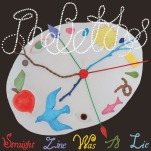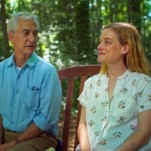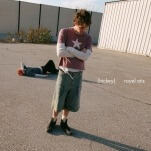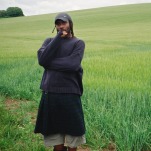Bug Music by David Rothenberg
How Insects Gave Us Rhythm and Noise
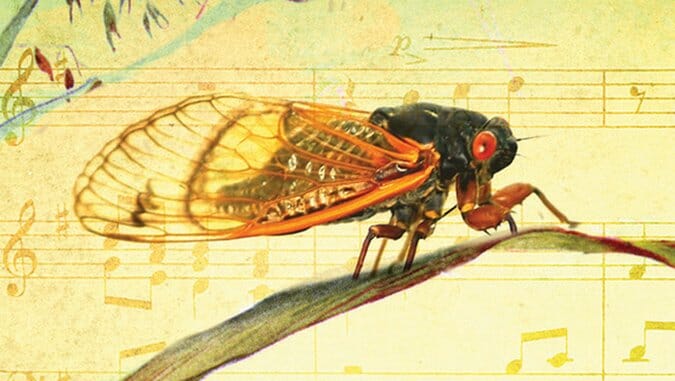
Much as we might take the presence of music for granted, its very existence presents us with a dumbfounding mystery that eludes science to this day.
One need only glance at famed neurologist and Awakenings author Oliver Sacks’ book Musicophilia to appreciate how—duh—music plays a profound role in the human experience. As we ponder that experience across the expanses of time and culture, it becomes clear that music, in its endless variety of forms, reflects and shapes cultural distinctions while also pointing the way to something universal about us. Rare, says Sacks, is the person unsusceptible to transcendent, highly charged and even violent responses to music—including, he reminds us, people who insist that music isn’t all that important to them.
Whatever the answer(s) may be, we can trace clues back to the primordial beginnings of the planet, and thus to instincts and genetic information locked away, beyond our reach, in the deepest, most primitive recesses of our cognition.
In order to engage this mystery, it makes sense to look around at the sounds of the natural world. Given the biological structure of our ears, birdsongs present the most obvious and aesthetically appealing place to start.
Jazz musician, philosophy professor and author David Rothenberg started there, too, when he explored the world of bird sounds in his 2005 book Why Birds Sing, the first installment of a trilogy that concludes here with Bug Music.
As the book’s subtitle suggests, Rothenberg makes the radical proposal that humanity’s musical inclinations might actually stem from sounds made by creatures as alien to us as any extraterrestrial imaginable.
Insects, Rothenberg posits, may have given us our sense of rhythm.
If you allow that to sink in for a moment, it turns your understanding of nature—human nature—inside-out, a pleasantly disorienting sensation through which Rothenberg enters as a romantic, clarinet-toting, tour guide/narrator. He takes a reader into a sonic terrain so foreign that it defies our ability to represent it in visual form. Insects, Rothenberg points out, existed on earth for eons, millions upon millions of years before our earliest mammal relatives entered the evolutionary picture. So it actually stands to reason that the insect repertoire of sounds can be found woven into the archetypal fabric of our collective consciousness.
Rothenberg begins Bug Music by painting a picture of crickets chirping in late summer—a scene so utterly familiar, so thoroughly entrenched in life (depending on where you live) that anyone who’s heard crickets can recall their sound instantly … yet, paradoxically, anyone can just as easily fail to notice it altogether. Like the gurgle of nearby water or the incessant thrum of traffic, insect sounds proliferate around us. “The rhythms of insects bind us to the landscape,” Rothenberg writes, “the warm weft of early autumn, a smile at the seasons’ march.”
Fair enough. But do these sounds genuinely count as music?
Rothenberg asks that question several times, both to a reader and to his various interview subjects. Thankfully, he doesn’t quibble over semantics. Insect “music”—if you’re willing to call it that—contains as much beauty and artfulness of structure as the ear of the beholder might wish to recognize. Even for readers who regard insects as mindless automatons, Rothenberg makes a convincing case for the complexity of the total sound that groups of bugs literally perform in concert.
-

-

-

-

-

-

-

-

-

-

-

-

-

-

-

-

-

-

-

-

-

-

-

-

-

-

-

-

-

-

-

-

-

-

-

-

-

-

-

-










